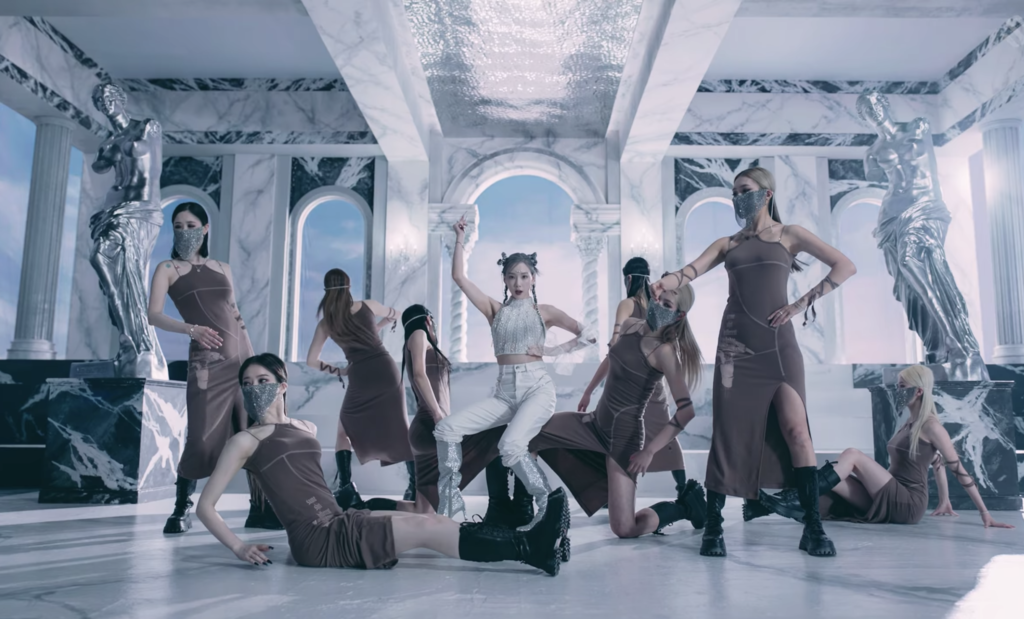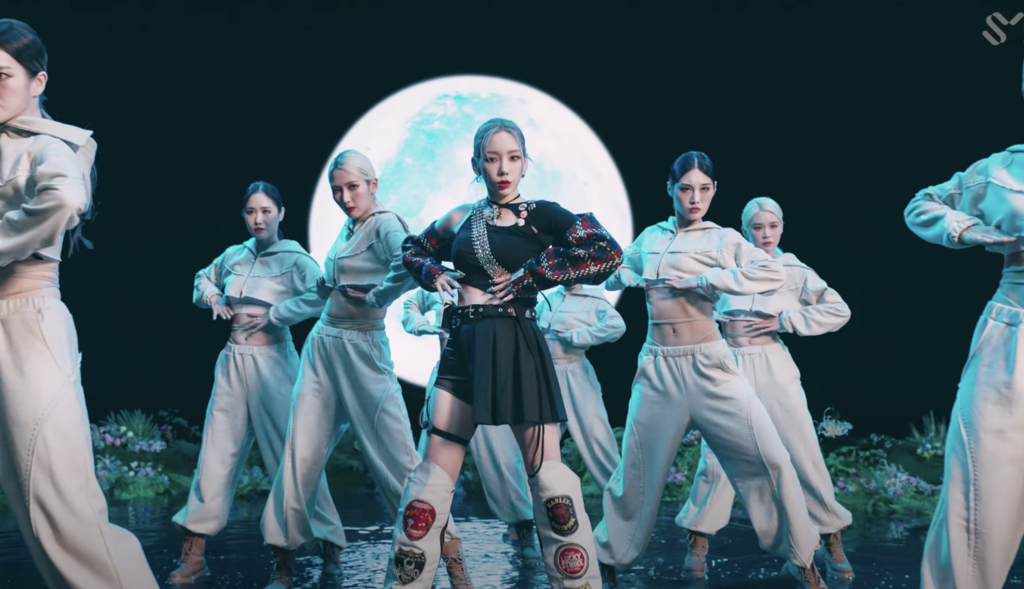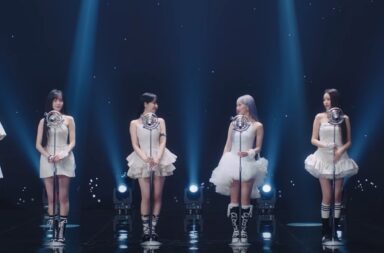
Ever since Taeyeon’s first solo debut in October 2015 with mini-album I, she has churned out hit after hit, breaking bounds not just in musical genre or styling, but also in creativity. Whether dabbling in alt-rock and pop or comforting us with an acoustic ballad, filming a lush, pastel summer MV, or a sobering breakup film — there is no one word to describe Taeyeon; she is an artist who is constantly redefining herself every comeback. Every new comeback has portrayed a daring attempt at a new genre, aesthetic, and story: a modern “Starlight” preluding “Why” and fall acoustic “11:11,” which in turn led to a warm “Happy,” a minimalistic “What Do I Call You,” and retro “Weekend.”
Each song would befittingly retain its distinct color, as Taeyeon matched her vocals, range, and styling to present something new every time. While her consecutive releases following “I” have focused more on artistry than dwelling on the personal, this route provided her the freedom to dabble in any musical direction she pleased — pleasantly surprising us every time.
Nearly seven years down the road, she returns with “INVU”: a dreamy, synth soundtrack that dwells on a celestial love story between the Greek goddess Artemis and giant hunter Orion. While mythology holds various endings for these two, the general conclusion is that Orion dies as a result of their love for each other. The consensus remains that Artemis is unable to love him for a number of reasons, and so she preserves him in the skies as a starry constellation.
But, in order to correlate with the message of the song, Taeyeon’s role in the MV is to try and annihilate the love that has destroyed her. As the song dwells on the theme of envy, the deadly weapon of an arrow is used for this purpose, harkening back to the hunting arrow that kills Orion and ends their love. Other items of symbolism include the star constellation spinning into the sky at 2:08, and the Greek mythology statues that visually contribute to the theme.
Regarding visual interpretation and production, the sets are solid. Many have noted this MV is high-budget for its stellar quality. Not only are the three main sets (marble fort, full moon meadow, and evening desert) utterly beautiful, but each of them centers Taeyeon and her dancers as the main focus. While supporting the celestial, mythological theme, they also make sure to enhance the performer, who, in turn, makes full good use of her sets. As a result, the MV fully utilizes its motifs, as Taeyeon both performs in and interacts with her scenery. The entire MV theme remains consistent from start to finish, presenting a beautiful interpretation of the love stories involved.

The choreography deserves a brief mention, especially since not all of her title tracks have included one. As the song has more of a laid-back, chill vibe, it makes sense that the choreography follows suit. It is definitely more subtle, without many grand movements or eye-catching gestures. However, it may throw off some viewers who are invested in the poised atmosphere of the MV up until the chorus. In some ways, the dance moves seem awkward when heard with the dreamy synth instrumentals. Moreover, although Taeyeon stands out amongst her dancers in the pre-chorus, their movements are a bit distracting from the performance. Maybe it is just the rhythm and pace that the choreographic moves follow when compared to the song, but it fails to come together as a whole performance.
Returning full circle to the song, “INVU” is musically pretty distinct from most of Taeyeon’s previous title tracks. Overall, this song is receiving a lot of split opinions due to the instrumental chorus. While this technique can be classified as outdated by now, it still somewhat works in her favor this time, as it is not just a throw-away beat drop. Moreover, Taeyeon’s powerful vocals in the pre-chorus bring plenty of impact prior to the chorus, which relies on the mood and groove of the song to carry it through. Perhaps this is a way to bring attention to the performance aspect of “INVU,” although it is not necessarily a technique that Taeyeon needs. At the very least, we got to enjoy some of her lower registers this time round, which have been dearly missed.

All this to say, this title track does not stand as strong against her previous line-ups, although it suffices in its own genre. It is commendable for Taeyeon to always try something new, but the producers behind the song could have taken a greater risk or two; it was a safe venture, to say the least, for an artist with no end in sight. Ultimately, it still brings excitement as to what else Taeyeon can bring to the table in the future!
(Mythology Explained, YouTube. Images from SM Entertainment)




